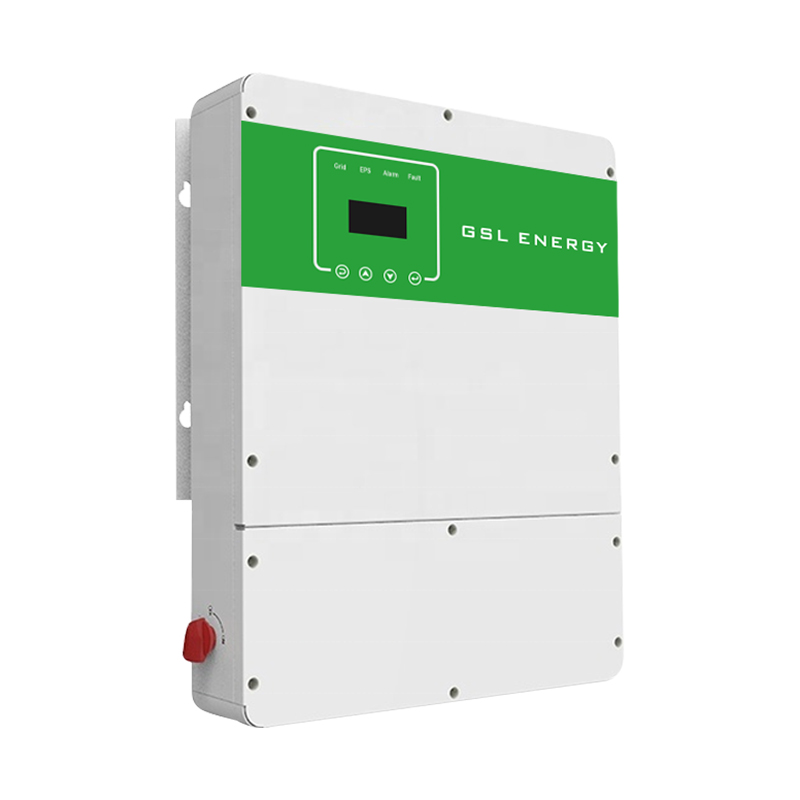I also noticed that the terms is T/T for payment. Adamantium has already warned us about this payment method, as requiring complete trust in the vendor. He stated to only do it at your own risk.
Alibaba has posted a warning to consumers in order to insure delivery that all emails and payments should be made through them.
I contacted GSL through Alibaba. GSL has already asked me for an exact email address, so they can send me specifications and prices. This concerns me...
Let me clarify a little about TT payments. TT payments are wire transfers from the buyer's bank to the seller's bank. The TT stands for Telegraphic Transfer or Telex Transfer which goes back to the days of the telegraph. We don't use telegraphs anymore, we use computers and the Internet, but the name is still used. The concept is just an electronic transfer from one bank to another. When you do a transfer like this, there is no insurance or purchase protection of any kind. If you make the decision to transfer the money to someone then its done. No disputing charges and no refunds. Its no different for international transfers than it is for transfers between banks in the United States. This doesn't mean that the person won't refund your money if there is a problem, but you have no way to guarantee that they will. Like everything else in the world, there are charges associated with electronic transfers, especially internationally, since there are exchanges between currencies.
When buying from China on Alibaba you have to understand that the Alibaba website is for wholesalers. Its not Amazon or your local grocery store. When you purchase product on Alibaba you are establishing a relationship with an international supplier. They want to sell large quantities of product to resellers. That is why they have better prices and a different kind of support system. Most of the time you are interacting with the actual manufacturer of the product. They aren't interested in selling candy over the counter, they are interested in selling truckloads of sugar and barrels of candy flavoring. So you have to understand this if you are going to buy from them. You aren't going to be able to open the box, use the product, decide you don't like it, and then return it. You buy it, you own it. You only get to complain if they didn't hold up there end of the agreement.
TT payments are one of the most popular forms of payment around the world, especially with Asia. This is because resellers develop a working relationship with their wholesalers. They may visit the manufacturing plant, evaluate samples, etc., before ordering a large quantity of something. So if you are buying in bulk you will probably be required to pay via TT. You might put down a portion of the payment to get the order started and then pay the rest when the order ships. You will probably be expected to pay all of the export/import fees, taxes, tariffs, etc., and organize the pickup and delivery. You may do this yourself or may hire a company that does this kind of stuff for you.
So what does this have to do with us? It means that you need to understand what perspective GSL has when you talk with them. They aren't BestBuy. They think of you as a reseller and assume you are planning to buy from them repeatedly. So you need to let them know what you really want and hope they are willing to cooperate. I have noticed more recently that some of the vendors on Alibaba are becoming more accommodating of end-user sales. But they are not required to be. If you want to buy one or two of something from China then that is what AliExpress, eBay, Amazon, and other retail sites are for. However GSL seems to be willing to sell to end-users. They seem to have set up their organization to accommodate this to some extent. They have told me that they are willing to sell via TT or via an Alibaba account. If you aren't a reseller, or you are worried they are going to cheat you, then you probably want to buy through your Alibaba account so that you can pay via a process that provides buyer protection. You must work those details out with them. You will also must work out what type of shipping method they are providing, or you may find out that you bought it but have to go to their factory in China to pick it up. There are many shipping methods available. If you don't know what you are doing, then you want DDP.




